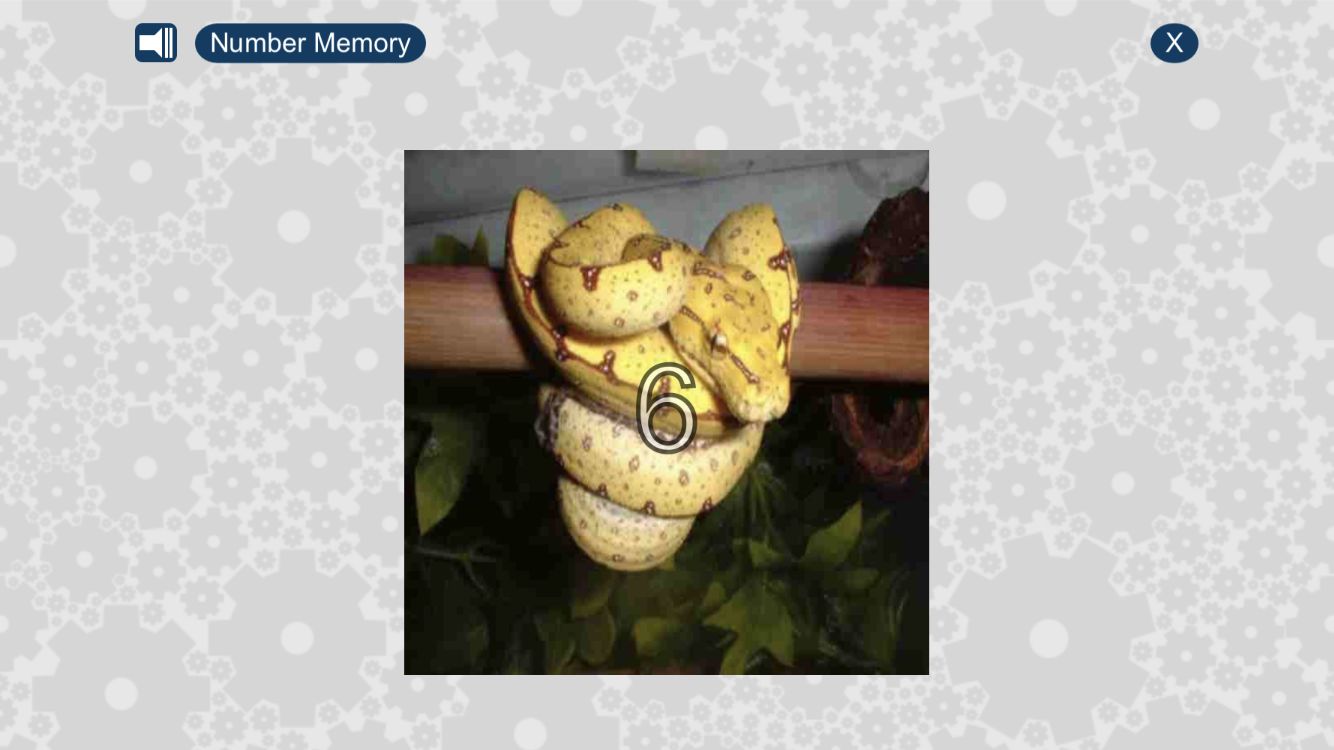What is working memory?
“Call me. My number is 04 11 432 123”
"Could you get tomatoes, milk and the cake she likes?"
In everyday life we constantly have to remember and maintain information. We do so successfully by using our working memory capacity.
This type of memory is used to process, maintain and later recall any information that our mind processes verbally and spatially. For verbal working memory this includes words but is not limited to them. For example, the NUMBER MEMORY GAME (image) requires you to maintain digits. Another category of information that our minds process verbally.
You rely on your spatial working memory to navigate your way around the world. Before driving off in your car, you look up the route to your destination. As you don't have a hands free navigation system you need to keep in mind a visual representation of the map. As you drive along you are updating this representation. That is, you can forget about the parts of the drive you already completed and focus on the upcoming sections of the route.
The capacity to keep and continuously update mental representations of space in your mind is called spatial working memory.
When we maintain information in the real world there are always distractors present. To study the impact of emotional distractors on working memory, we use tasks such as the one in the image. The game presents a series of digits that are superimposed over distractor images. People have to recall these series of digits in reverse order. The number of digits they can recall is an index of their working memory capacity.
We are interested to see whether slightly unpleasant images are more distracting than non-emotional images.


